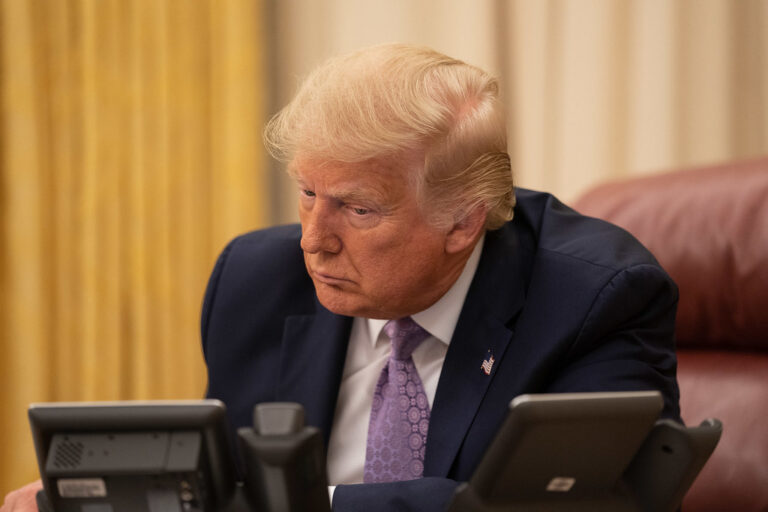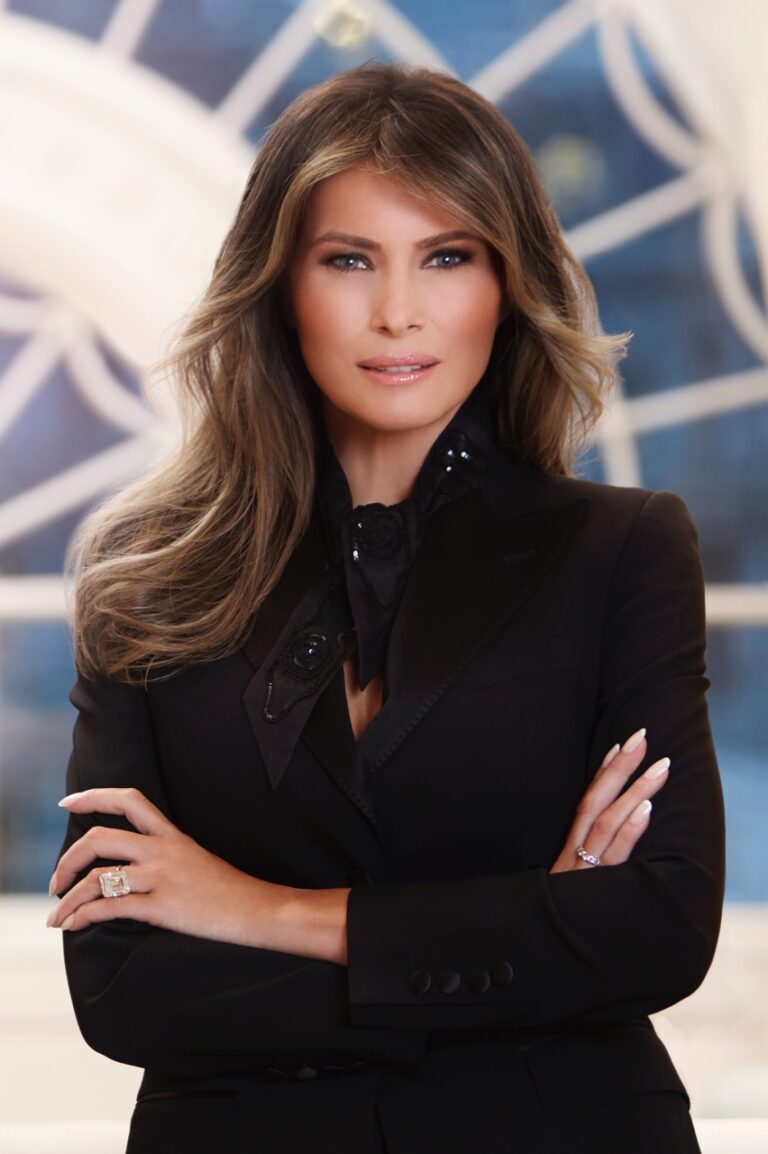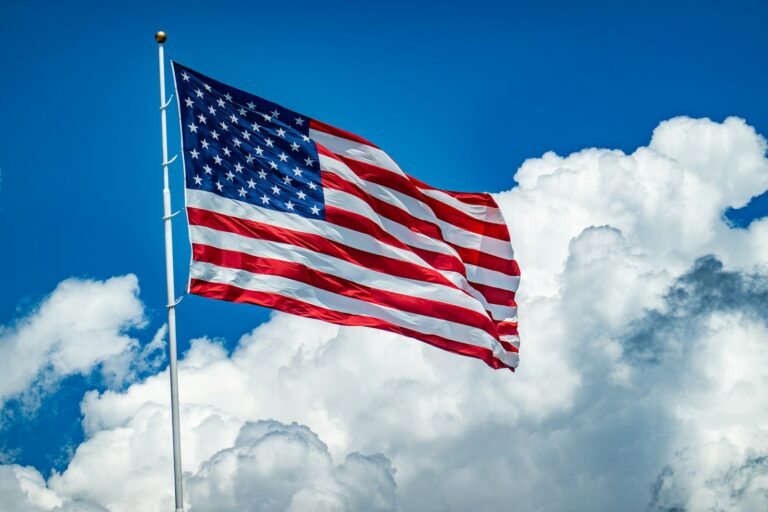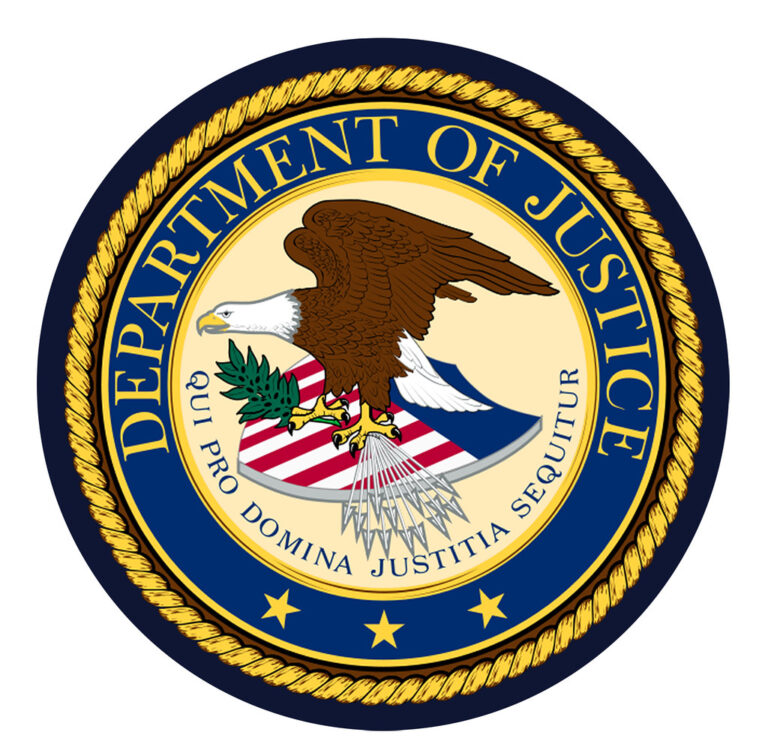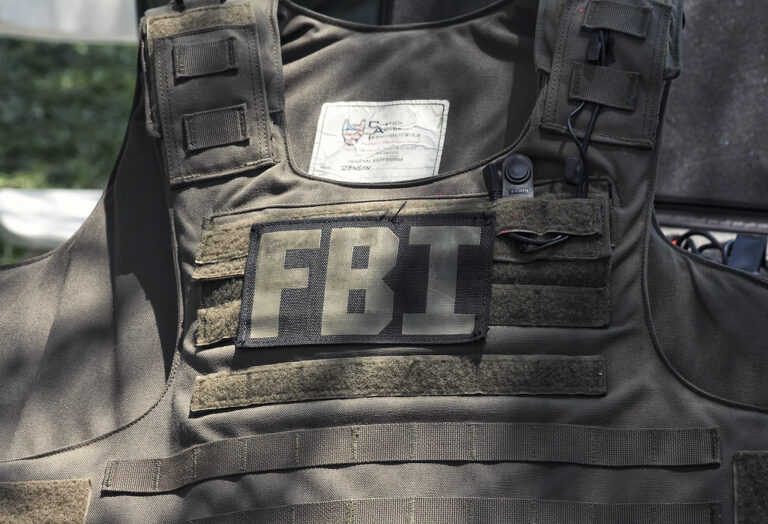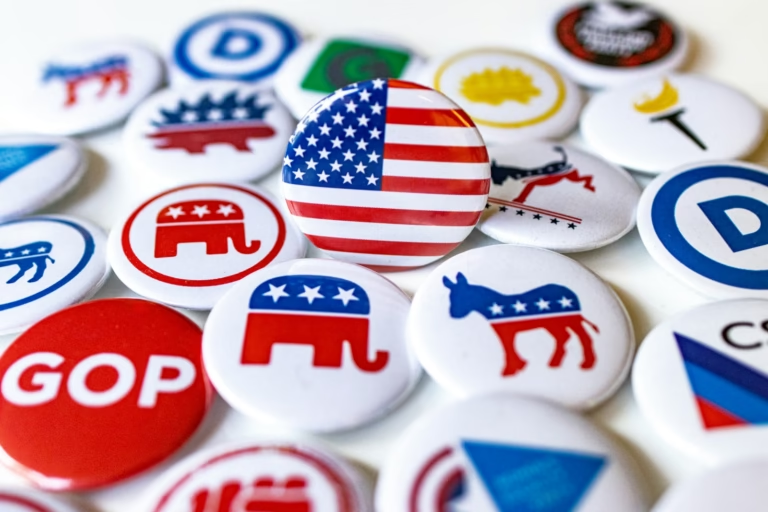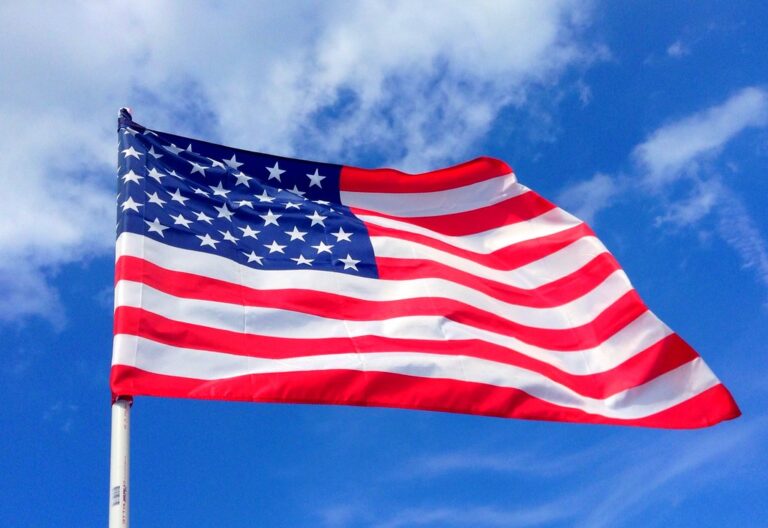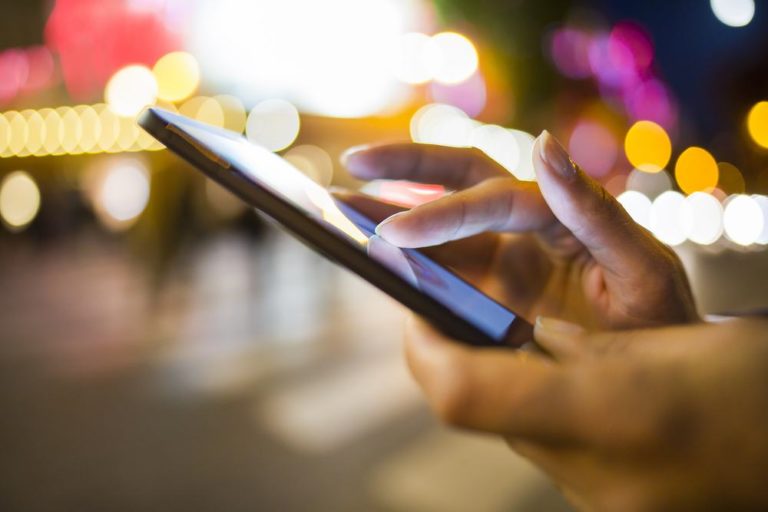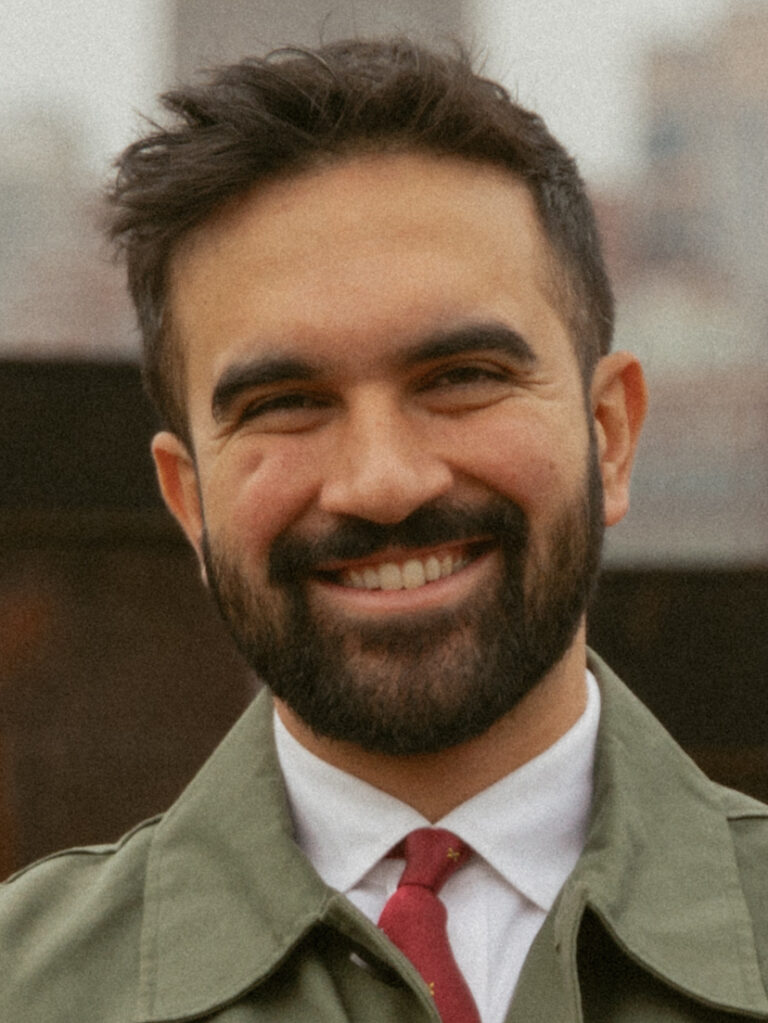Key Takeaways
- President Trump removed the Ex-Im inspector general last week.
- A former watchdog called the firing “disconcerting.”
- Critics warn this may weaken bank oversight.
- Some Republicans say the move may break the law.
- The dismissal came right after a new bank leader joined.
Last week, President Trump fired the Ex-Im inspector general. This role checks how the federal Export-Import Bank spends money. However, the bank just confirmed a new president. Therefore, many see the timing as suspicious. Moreover, watchdogs fear the move may undermine independent review.
Background on the Ex-Im Inspector General
The Ex-Im inspector general audits and reviews the Export-Import Bank. In effect, the inspector general ensures the bank follows laws and uses funds wisely. This office spots waste, fraud, and abuse in federal programs. Since the bank helps companies export goods, its work affects jobs and the economy.
Independent oversight holds powerful interests accountable. In addition, a strong inspector general can suggest improvements and stop improper deals. Consequently, people trust a fair review to protect taxpayer dollars. That is why many respect the Ex-Im inspector general post.
The Firing Explained
According to reports, the Trump administration said it needed a role change. They claimed “changing priorities” at the bank caused the firing. Yet the dismissal happened just after the bank named a new leader. Therefore, critics say it may aim to clear the path for a more friendly watchdog.
In practice, removing an inspector general can let unchecked decisions slip through. When a new president leads a bank, having a friendly reviewer can ease policy shifts. Thus, the timing of the firing raised many red flags.
Expert Reaction
Mark Greenblatt, a former Interior Department inspector general, spoke against the move. He said the firing is “disconcerting” and sends a bad message. Greenblatt praised the outgoing official as fair, objective, and well respected. He added the dismissal right after the bank hired a new president looked like a show of control.
Greenblatt warned that replacing an inspector general with a “lap dog” can weaken oversight. He said fair and independent checks help the public trust federal programs. Without them, waste and mismanagement can grow unnoticed.
Political Response
Even some Republicans joined the critics. A leading senator pointed out that law requires the president to inform Congress when firing an inspector general. However, the administration did not send that notice. Republicans worry this bypass could violate clear rules.
In tweets, several members urged the White House to explain its decision. They noted the inspector general’s duty is set by law. Unless courts rule otherwise, that law still stands. Therefore, they called for transparency and respect for oversight.
What Happens Next
Congress can hold hearings to demand answers. Lawmakers might ask the administration why it skipped required notice. They could even vote to block funding until they get those answers. Meanwhile, the Export-Import Bank must find a new inspector general.
Observers say the new nominee should prove independence. If not, Congress may tighten rules on firing watchdogs. Either way, the debate highlights how vital honest review is. After all, oversight agencies protect both taxpayers and fair competition.
Conclusion
President Trump’s removal of the Ex-Im inspector general sparked alarm. Critics view the timing as linked to new bank leadership. They worry this move weakens checks on a key federal bank. Meanwhile, some Republicans say the firing may break the law. As Congress probes, the outcome will shape future oversight rules.
Frequently Asked Questions
What does the Ex-Im inspector general do?
The Ex-Im inspector general audits the Export-Import Bank’s operations. This role helps spot waste, fraud, and mismanagement.
Why do critics call the firing disconcerting?
They say the timing suggests a push to replace an independent watchdog with a more agreeable official.
Did the administration follow the law when firing the inspector general?
Some Republicans argue the law requires the president to notify Congress. They say no notice was given in this case.
What could Congress do next?
Congress may hold hearings, demand documents, or limit funding until it gets a full explanation.

